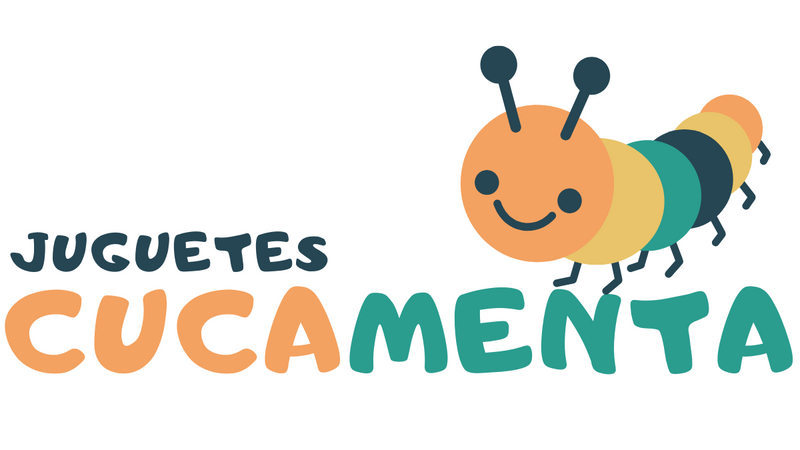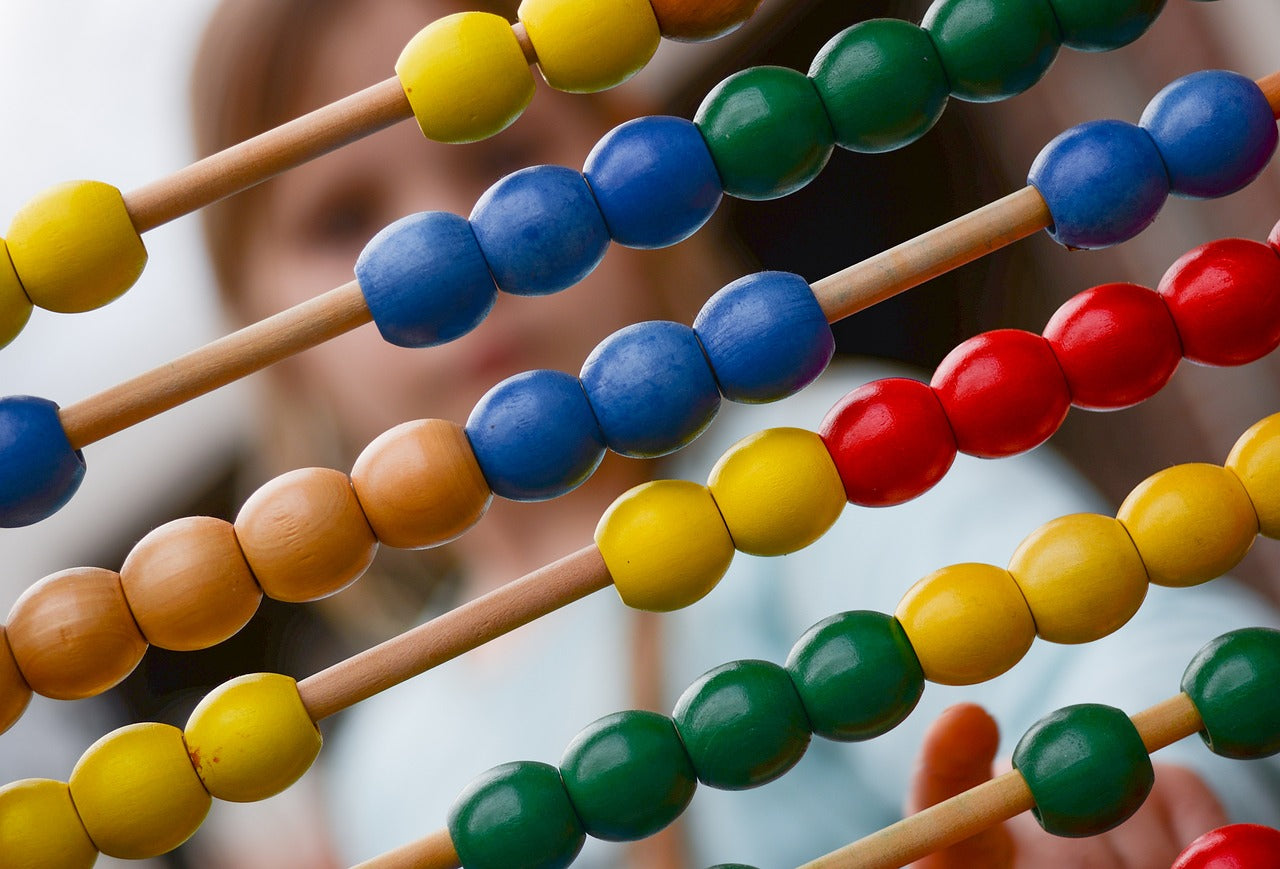Mathematics possesses not only truth, but a certain supreme beauty.
Bertrand Russell
The 40th UNESCO General Conference proclaimed March 14th as International Mathematics Day in November 2019. Since then, it has been commemorated annually. In some places, it is celebrated as Pi Day because π, one of the world's best-known mathematical constants, can be rounded to 3.14.
UNESCO emphasizes that strengthening and teaching mathematical sciences is essential to addressing challenges in sectors such as artificial intelligence, climate change, energy, and sustainable development, as well as to improving the quality of life worldwide.
By learning math from an early age, children develop greater analytical, decision-making, calculating, and problem-solving skills . They also foster spatial vision, logical reasoning, and critical thinking, foster creativity and scientific experimentation, and can acquire knowledge of personal finance.
There are many ways for little ones to learn math : through traditional toys like the abacus or tangram; outdoors—with chalk, trees, and other natural elements; with challenges and puzzles; through fun YouTube channels; or with blocks.
Today we want to tell you about an ideal game we have at Cucamenta that can be a great help for your child to learn to count and awaken their passion and curiosity for this discipline.
I learn to count, an ideal game

Learning to Count is an educational game for children ages two and up, who will be introduced to the world of numbers while having a blast.
It has 12 models and 14 graduated bars of different colors and sizes. Beginners will have to place the bars in the correct place on the board to count to 5 or to visualize different ways of counting by following the model. At a more advanced level, children can perform initial additions outside the board by following the model. For example: What is one orange bar + one red bar? Answer: one green bar.
The toy has A smart design and non-slip silicone feet for greater stability. Among its advantages, it adapts to each child's pace, fosters autonomy and self-management, encourages discovery, and allows them to self-correct, progress, and improve their logical mathematical learning.
We have more math toys for older children, such as Jeff the Cabin Boy and Renata the Pirate, Play with Weights, or Starshine Magnetic Pieces, a sensory and artistic game for creating and working on concentration and fine motor skills.
A bonus: 4 stories to learn math
- Numbers (Leo Lionni/Antonio Rubio): friendship, joy, games... Kalandraka publishing helps little ones add, from 1 to 10, characters and situations that accompany pre-readers in their daily lives. A magical and expressive work.
-
The Ten Black Dots (Donald Crew): A colorful, interactive story for learning and counting. In this story, large black dots are
become the eyes of a fox, spots on a snake or train wheels that the little ones must detect.
-
Pepe and Mila Discover Numbers (Yayo Kawamura): Today Pepe and Mila go to the market and buy 1 lemon, 2 cucumbers, 3 peppers... and much more! It teaches counting while learning about different fruits and vegetables.
- Bear in a Square (Stella Blackstone): This game will let you experience the adventures of a bear while learning geometry. You'll search for the animal at home, at school, in a swimming pool, at the park, in a cave, and at the circus. And if you look closely, you'll find squares, circles, triangles, zigzags, and stars hidden in each scene!
And you, how do you teach math to your little ones ? You can do it by counting vegetables or cookies, giving them their weekly allowance, or through puzzles and mosaics.


0 comments